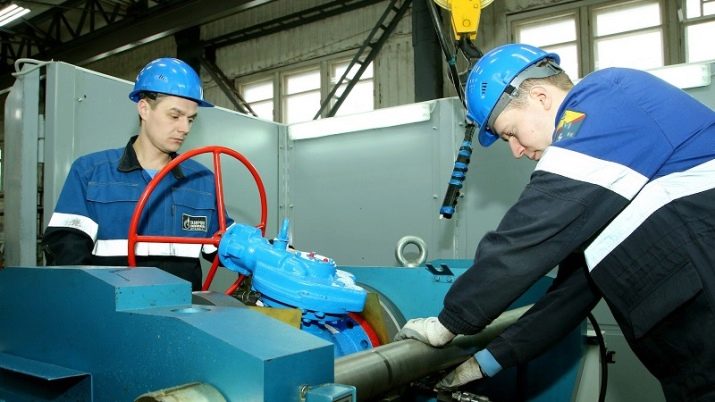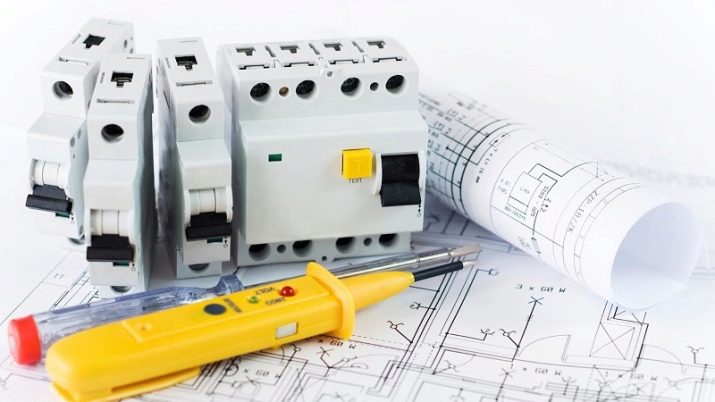All about the profession of fitter-assembler

Many professions exist now in the modern world. But people definitely need to know more information not only about office, but also about industrial work. Now it's time to find out everything about the profession of fitter-assembler.
Peculiarities
As the name suggests, work as a fitter implies, first of all, the assembly of various mechanisms and their installation at specific locations. This is a very important specialist, without his efforts no production can function normally. After all, if industrial lines and drives are not assembled, installed and adjusted, then the daily activities of the enterprise are impossible. The most expensive equipment and the most trained specialists will be useless. Locksmiths-electricians can be engaged in installation:
- electrical (power and low-current) networks;
- telephone lines;
- local area networks.

The formation of the plumbing infrastructure of an enterprise or a residential building cannot do without fitters. Important: Locksmiths, unlike many other technicians, usually do not use machine tools. They work by hand and use hand tools. For your information: at least 70 locksmith professions are prescribed in one Russian ETKS. Among them, the position of mechanic assembly work is closest to the specialization of a fitter-assembler.
The characteristic features of such work will be:
- constant physical activity;
- the use of cutting and other metalworking tools;
- increased risk of injury;
- increased responsibility;
- exposure to a number of adverse factors, primarily noise and dust.
Fitters can be trusted to assemble motors, production equipment and a variety of technical systems in residential, industrial and office buildings. This work is usually carried out in teams, which include a variety of specialists. Therefore, there is no place for uncommunicative people in the profession. Of course, you need excellent health and excellent vision, decent hearing, clear coordination of movements.... Once every 5 years, fitters undergo retraining for at least 72 hours.
People, regardless of preparation, will not be allowed to work until the age of 18.

Responsibilities
Fitters must perform:
- state, regional, departmental norms and guidelines for their specialty;
- internal regulations;
- orders and orders of the management of the organization, their immediate supervisors;
- job descriptions;
- fire, electrical, sanitary, biological, chemical, radiation and sanitary safety standards - depending on the industry and facility, on the type of work performed;
- labor protection instructions;
- industrial sanitation standards.
Fitters of the 3rd category:
- mount harnesses and simple blocks;
- substitute and undock plug connectors;
- dismantle sensors and instrumentation units;
- install and remove pipelines, cylinders, reducers, hoses, moisture traps, durite sleeves;
- check the technical condition of the points of installation of devices.
Fitters of the 4th category:
- mount metal structures (for example, crane equipment);
- install steel frames for industrial furnaces;
- install heat-shielding structures for industrial furnaces;
- mount metal structures for ropeway supports and cranes;
- mount steel ropes at a height of up to 30 m;
- install and test glass pipelines;
- install fittings made of glass;
- clean welded seams on pipes for anti-corrosion coatings;
- are engaged in welding pipes made of polyethylene, PVC or vinyl plastic.

Locksmiths-assemblers of the 2nd category:
- laying steel flooring on sites, brake farms;
- sheathed metal, concrete and wooden structures with steel sheets;
- fasten permanent bolted joints;
- apply an anti-corrosion coating to embedded parts;
- carry out pre-assembly;
- hook steel structures made of concrete and reinforced concrete with lifting slings for the provided elements;
- drive the threads of nuts and bolts;
- work on a manual winch;
- install and remove bolts.
Besides, fitters are involved in the installation of technological equipment and its individual systems. The complexity of the installed equipment is determined by the category of a specialist. Of these masters can be sent for preventive, scheduled preventive, short-term and major repairs of communications, technical systems. Then the fitter will adjust, adjust and test the equipment, conduct hydraulic and pneumatic tests as needed.
And finally, this specialist can drive parts of pipelines, disassemble and assemble heating sections, heat exchangers, works with sewerage, ventilation, steam pipelines, gas supply systems, gutters.

Knowledge and skills
Fitters at grade 3 should know:
- how the harnesses are mounted;
- how the target equipment is mounted and dismantled;
- the chemical composition of solders and fluxes, their chemical and physical properties;
- arrangement of pipelines, hoses, electrical wiring and insulation;
- rules for electrical measurements and materials;
- rules for reading electrical and structural diagrams, working documentation;
- basic foundations of electrical engineering.

Education
The training of fitters of various categories is carried out in accordance with:
- the list of professions introduced by the order of the Ministry of Education in July 2013;
- a unified tariff and qualification reference book;
- OKPDTR.
A typical curriculum includes the development of such theoretical disciplines as industrial economics, materials science, technical drawing, and labor protection. It also includes practical plumbing work. This is exactly what they teach, for example, in ANO DPO "Complex training center for retraining of personnel" (Moscow). Alternatively, you can consider:
- training center "Basis" (Astrakhan);
- College of Shipbuilding and Applied Technologies (SPb);
- secondary technical faculty of the Maritime Technical University of St. Petersburg;
- Polytechnic College of Nizhny Novgorod;
- shipbuilding college of Vladivostok;
- Industrial College of Energy and Communications (Vladivostok);
- Tyumen College of Water Transport;
- technical school of construction and municipal services (Cheboksary);
- Radio Engineering College of St. Petersburg;
- technical school of railway transport and communications (Volgograd);
- technical school of radio electronics and telecommunications (Yaroslavl).

Where does it work?
Already a short list of educational institutions where fitters are trained shows that many of them will find work in ports, in the civilian and military navy. But those who are not going to associate themselves with ship work also have decent prospects. Such specialists are in demand:
- at industrial enterprises;
- in service departments;
- in companies for the laying and arrangement of pipelines;
- in management companies;
- in organizations of the housing and communal services sector;
- by land transport;
- in office, exhibition complexes (or rather, their technical services).









